Our second full day in Stockholm was mostly related to the surrounding waters. As we’ve said, the city is situated on 14 islands and, interestingly enough, some of the waterways are fresh lakes and some are part of the Baltic Sea and some are where the waters join and are mixed. To the east of Stockholm is an archipelago and routes like mazes pass through the tens of thousands of islands and rocks on their way to the open sea. We decided to take a boat tour through the archipelago to see it for ourselves. During the two and a half hour trip, a guide told the passengers in Swedish, and English thank goodness, about how the ice age created the interesting landscape and the role it played in Stockholm’s development over the centuries. Then, in the afternoon, we visited one of Stockholm’s most popular museums. It houses a wooden warship from the early 1600s which sunk in the city’s harbor only 20 minutes into its maiden voyage. It lay 30 meters down for the next 333 years until it was able to be resurrected from the depths and restored to its original glory. Believe it or not, the cold temperatures found this far north kept the ship from deteriorating and it is 98% original as you see it today – truly fascinating!
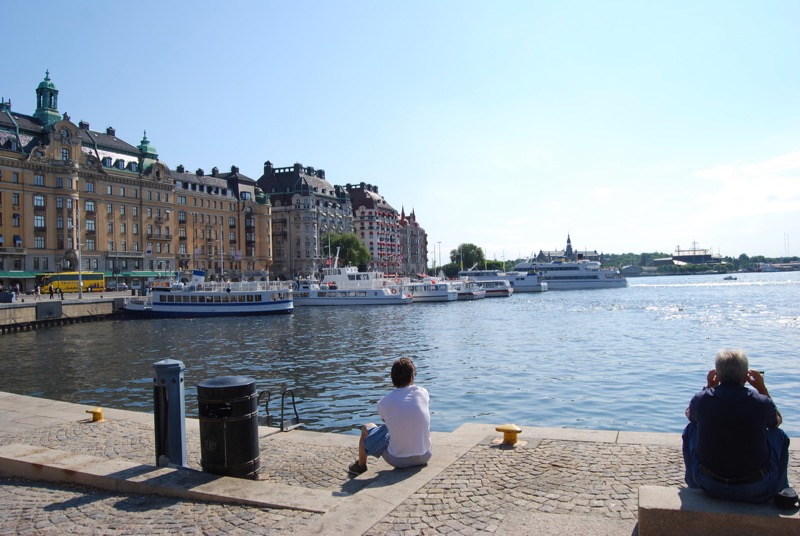
Another beautiful day greeted us this morning as we walked over to the harbor from our hotel. Temperatures reached into the low 80s once again!
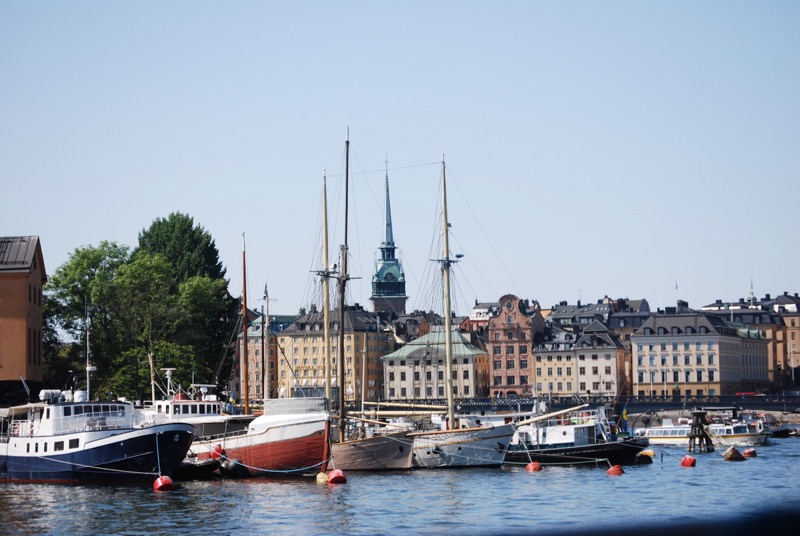
Stockholm’s harbor is scenic and we saw boats there flying flags from many different countries. The most interesting one (not shown in this photo) was a gigantic luxury yacht with its own helicopter on an upper deck and flying the flag of the Cayman Islands. We did some research and found that it belongs to a millionaire from the Seattle area who made his fortune as a software engineer for Microsoft. Later, while meandering through the archipelago it passed our boat while looking very sharp!
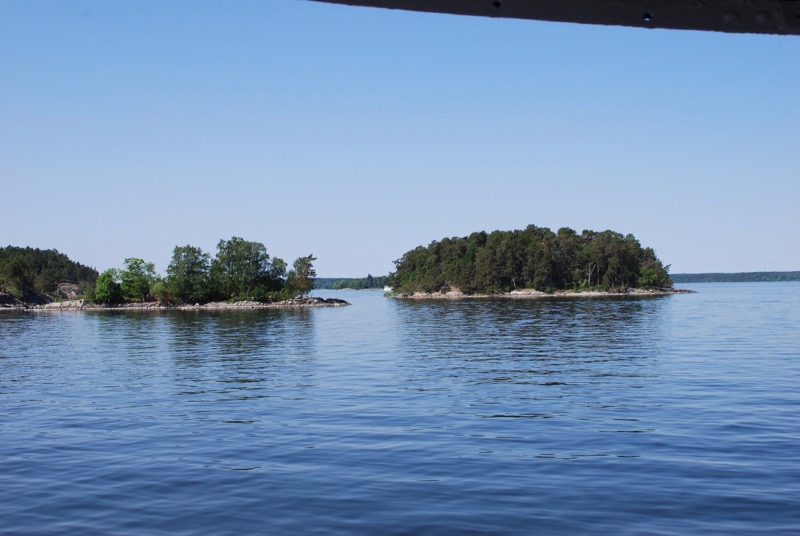
Islands of all shapes and sizes make up the beautiful archipelago. When the glaciers from the ice age made their retreat they left behind these rocky outcroppings. Over eons they became covered in forests and increased in size. They are still slowly growing larger every year.
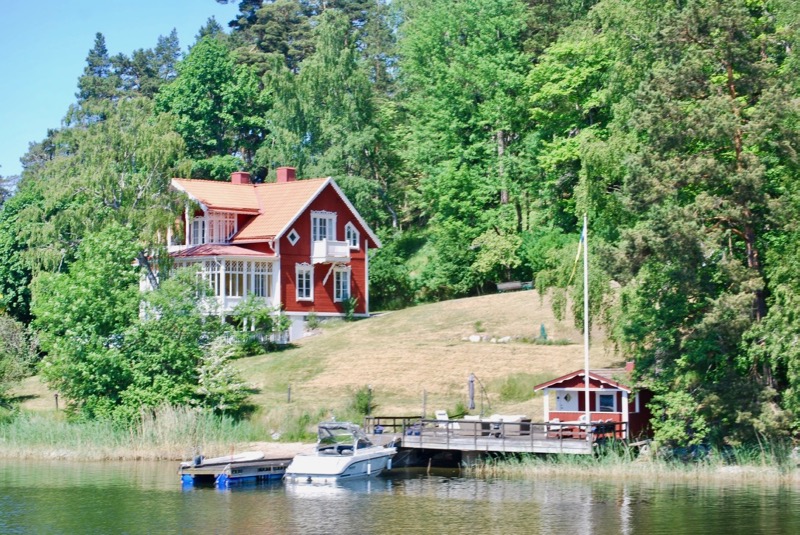
Upper middle class and wealthy Stockholm citizens have vacation homes on many of the archipelago’s islands. Often they are brightly colored and and have rather ornate trim. They range in architecture from the Victorian Era up to contemporary styles that are boxy with large windows. It seemed as if all of these people were at their second homes this weekend to enjoy the great weather. We viewed them having barbecues, sunbathing, and swimming from their own front yards. You can tell how much they appreciate having good weather and that they make the most of it while they can.

Those locals who weren’t enjoying their island homes from the land were out in force on the water. Sail boats and power boats of all kinds were continually crossing paths with us as we toured the archipelago. We also saw countless people paddling kayaks and canoes through narrow waterways between the rocky isles.
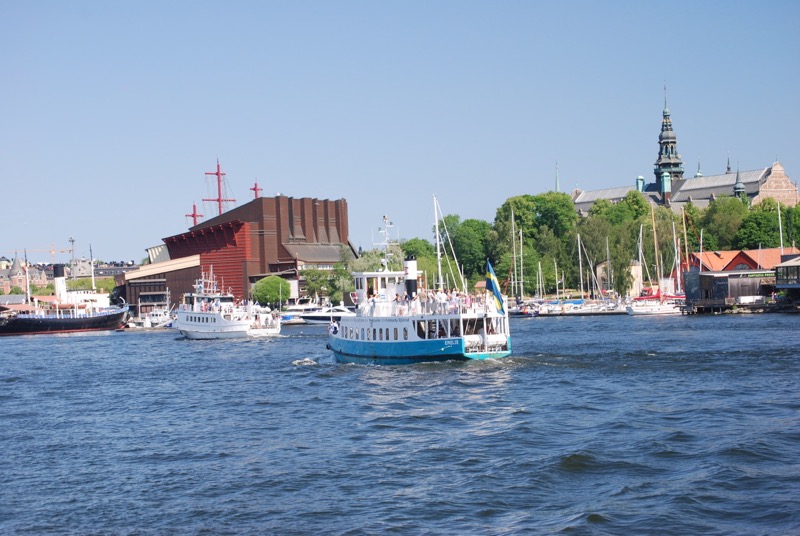
Coming back into Stockholm’s harbor, we saw a large museum facing the water. It had three tall ships’ masts sticking up above the roof line. We learned that this is where we could see a Swedish war ship that was built in the 1620s. It had sunk in the harbor shortly after setting sail and lay there until 1961 when it was raised from the bottom of the sea. We had heard of this museum and decided we would first get a bite of lunch and then walk over to visit the museum for the afternoon.

The wooden war ship was known as the Vasa. It was the largest war ship ever built at the time and was meant to bolster Sweden’s standing by having a strong Navy. They couldn’t afford to build the most ships so they would build the biggest and the best one. It was made of strong oak and carried 64 cannons, also the most of any war ship at the time. Sweden hoped to intimidate their rivals along the Baltic, such as Poland and Denmark, in order to gain control of that passageway to the Atlantic Ocean. Besides having easy passage, they would get to collect tariffs from all who used the waterway. Unfortunately, in their haste to get it built and without proper oversight by the king, the boat was designed poorly and was top heavy. On its maiden voyage, not far from the berth where it was built, a wind gust blew sideways against it and the ship began to list. It then took on water through its lower gun ports thus sinking it rather quickly. Without the necessary technology at the time, they were unable to raise the hulk and it lay at rest for the next 333 years at the bottom of the harbor. It was all but forgotten until the 1950s when several men became interested in finding it and trying to bring it up. It took them until 1961 to do so. Amazingly, the cold waters had preserved it so well that there were still remnants of its sails and paint still adhered to some of the wood. On display inside the museum now, it is 98% original!
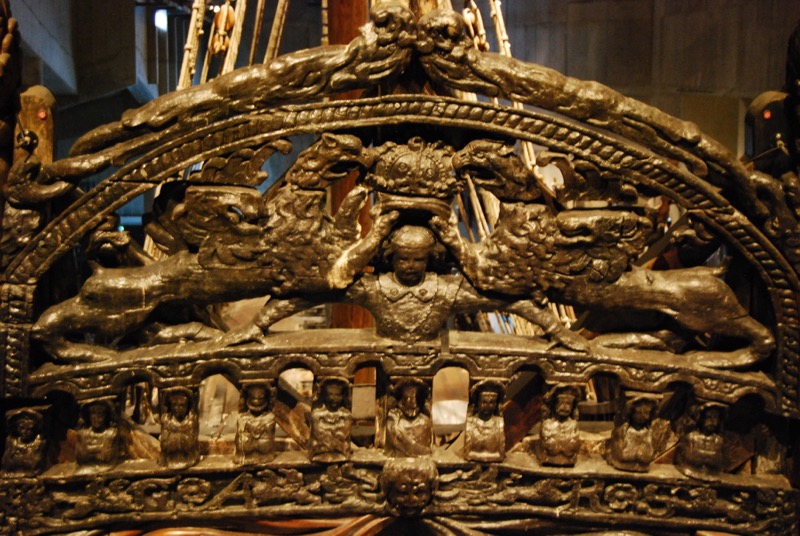
The transom, the flat vertical surface at the stern of the Vasa, was highly ornamental. The details from the intricate sculpted figures survived hundreds of years under the sea remarkably well. In fact, most of the ornamental features that abound on the ship are preserved as they were made in 1627-28. Being from the west coast of the United States, it is rare for us to see anything of this age and preservation and we were mesmerized by it!

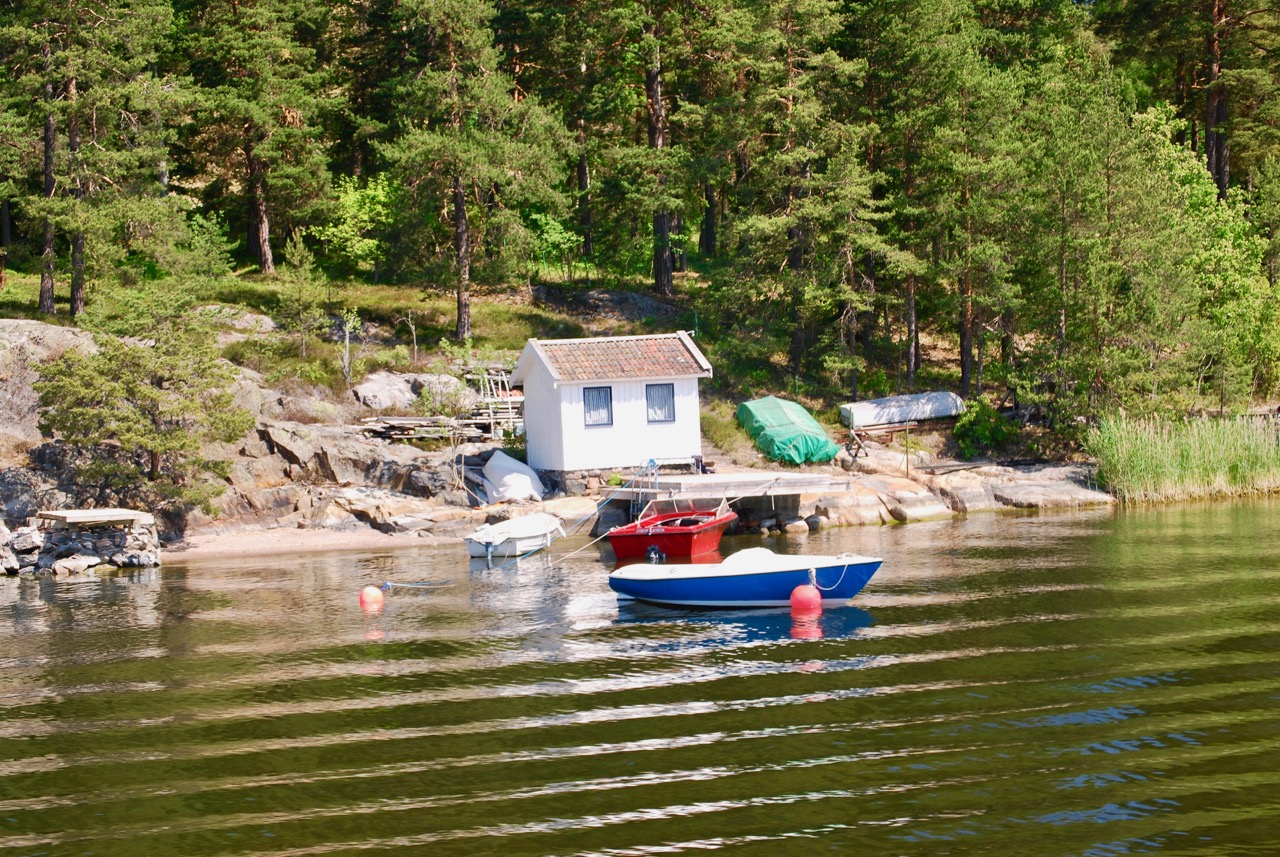
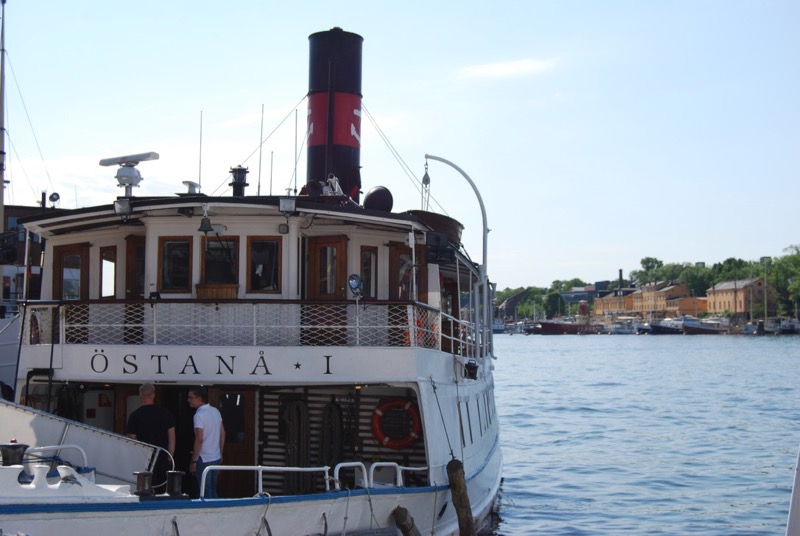
Clint we love this, we feel kind of like we are traveling with you. The scenery is beautiful to look at as you two travel around there. Thanks for keeping us updated on your day.
Love you both,
Mom